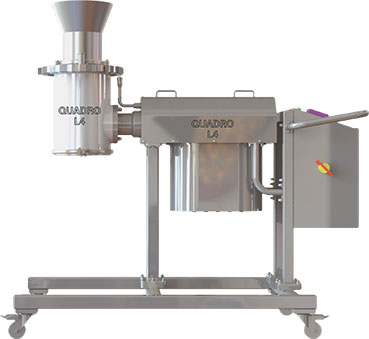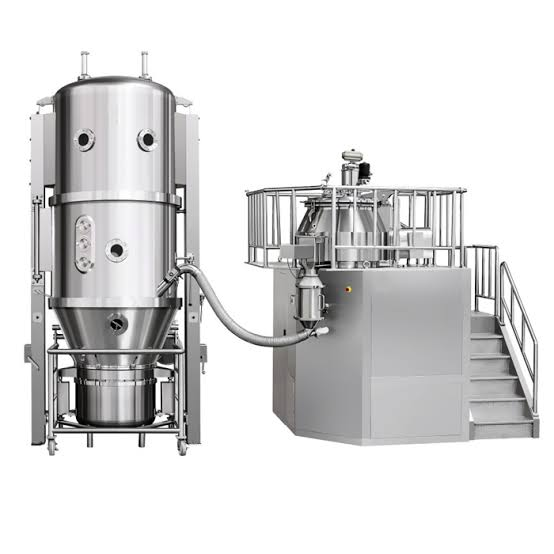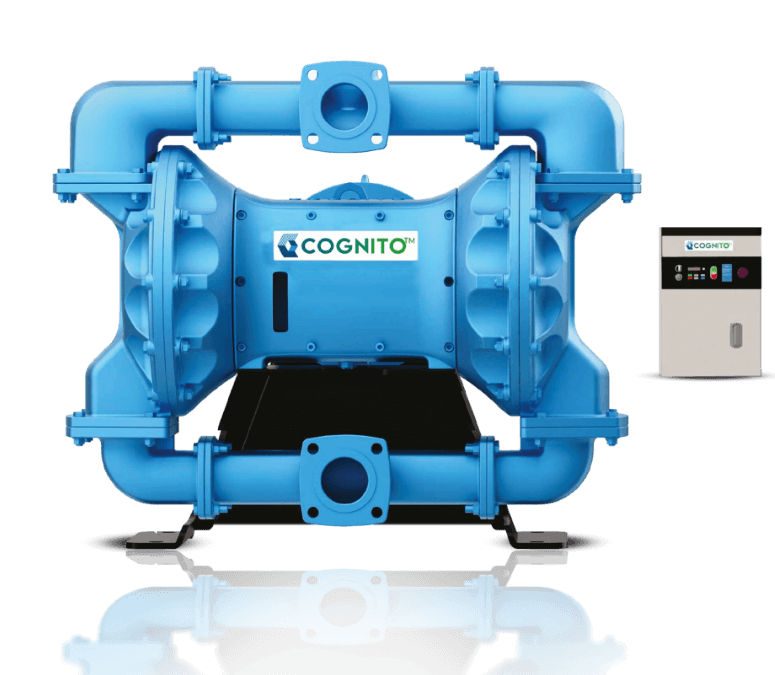Why IDEX is best choice for all your industrial pumping solutions?
.png)
Why IDEX is best choice for all your industrial pumping solutions? Industrial pumps are designed for a variety of applications, and each type comes with its own set of advantages. Here are some key industrial pump types and their main benefits : · Centrifugal pumps : These are the best choice for lower-viscosity liquids and high flow rates. · ANSI Process Pumps : These pumps incorporate dimensional standardisation, which allows for the piping, foundation, and design to be completed before pump suppliers are even selected. · API Process Pumps : These meet all API 610 requirements, ensuring safety and reliability for high-pressure, high-temperature hydrocarbon applications. · Axial Flow Pumps : These are the best choice for achieving a very high flow rate with a very low head. · Booster pumps : Th...


